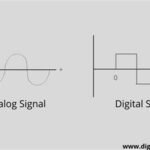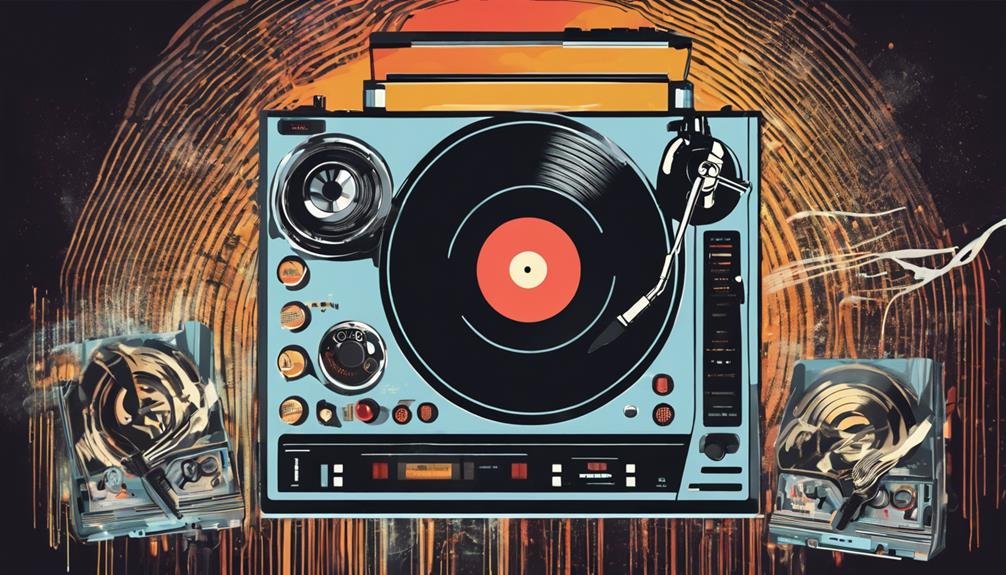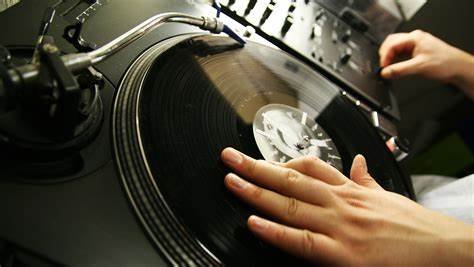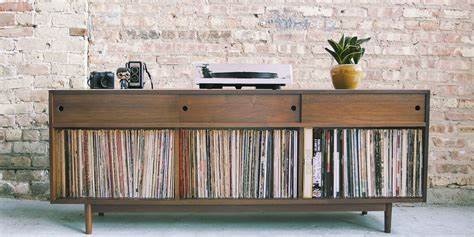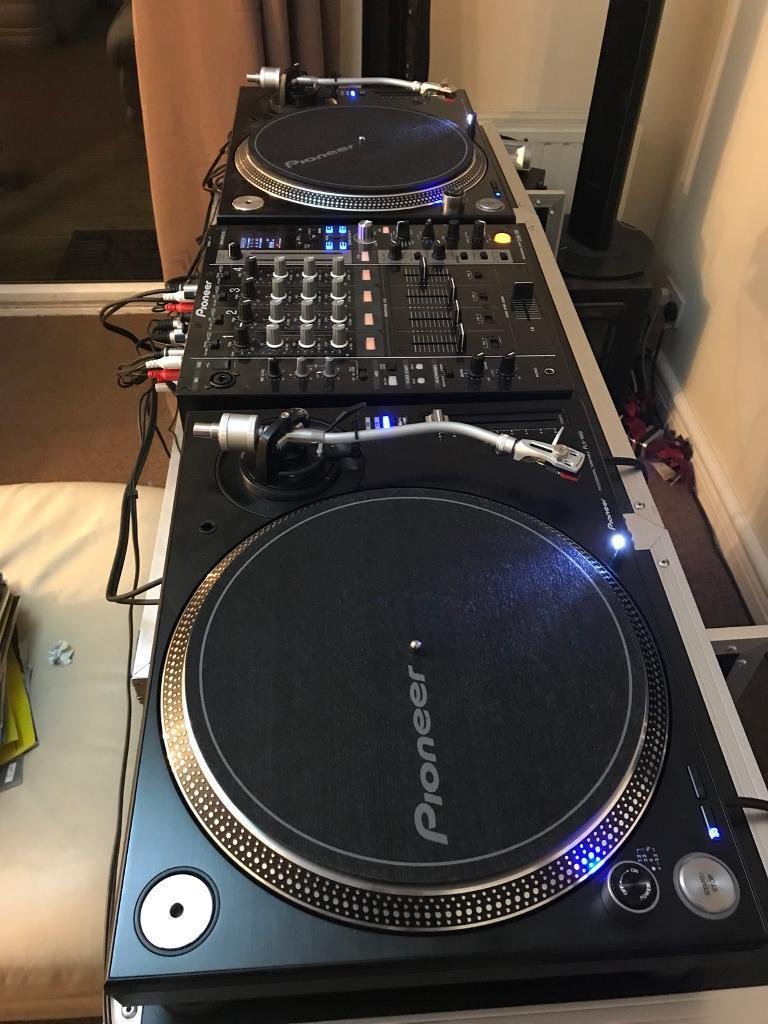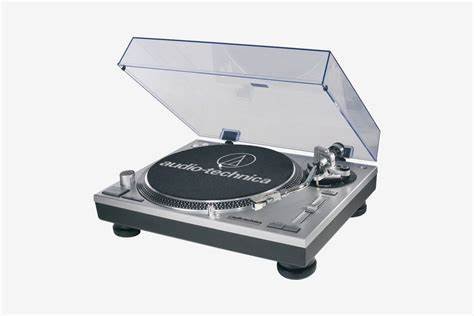Making the shift from digital DJing to vinyl is a rewarding yet challenging journey that requires patience, skill, and a genuine passion for the art form. Vinyl offers a tactile, immersive experience that is appreciated by both DJs and audiences alike. If you’re ready to step away from the digital world and embrace the analog warmth of vinyl, here’s how to make the transition smoothly.
1. Understand the Basics of Vinyl DJing
Before diving into vinyl, it’s crucial to grasp the fundamental differences between digital and analog DJing.
- Manual Beatmatching: Unlike digital software that offers syncing options, vinyl DJs must manually match the tempo of tracks by adjusting the speed of the turntable and using the pitch control.
- Cueing and Scratching: These techniques are vital in vinyl DJing and require precision and control. Scratching, for example, involves manipulating the record with your hand while the turntable spins.
- No Waveform: With digital setups, you can see the waveform of each track to understand where the beat is. With vinyl, you rely on your ears to find the right cue points.
2. Invest in Quality Vinyl DJ Equipment
A solid setup is essential to mastering the craft.
- Turntables: Choose a pair of direct-drive turntables for consistency and durability. These turntables provide better torque and stable speed, ensuring your records spin correctly.
- Mixer: Select a DJ mixer with high-quality faders and controls, ideally one designed specifically for vinyl use. The right mixer allows you to transition between tracks smoothly and experiment with effects.
- Cartridges and Needles: The quality of your cartridge and needle can greatly impact your sound. Opt for high-quality needles that are designed for DJ use, as they will help reduce wear on your records.
- Headphones: Invest in a pair of closed-back headphones for better isolation, allowing you to cue tracks accurately and hear subtle details while mixing.
3. Start Building Your Vinyl Collection
One of the most exciting parts of transitioning to vinyl is starting your collection, but it also requires careful consideration.
- Select Your Music: Begin by acquiring records of your favorite genres. Choose records that will work well for mixing, especially ones with clear beat structures.
- Explore Second-Hand Shops: Vinyl stores often carry used records, which are a more affordable way to build your collection. However, always inspect the condition of the records before purchasing to avoid getting damaged goods.
- Limit Your Initial Selection: As a beginner, it’s wise to start with a small selection of records that are easy to mix. Focus on quality over quantity.
4. Learn the Art of Crate Digging
Unlike digital DJing, where music is easily accessible with a few clicks, vinyl records require effort to obtain.
- Dig for Hidden Gems: Vinyl stores, online marketplaces, and second-hand shops are all great places to search for rare records. Crate digging is a rewarding process, and it allows you to uncover unique tracks that may not be available digitally.
- Understand Record Labels and Pressings: Some vinyl pressings sound better than others, so it’s worth learning about the quality of different labels and the mastering process.
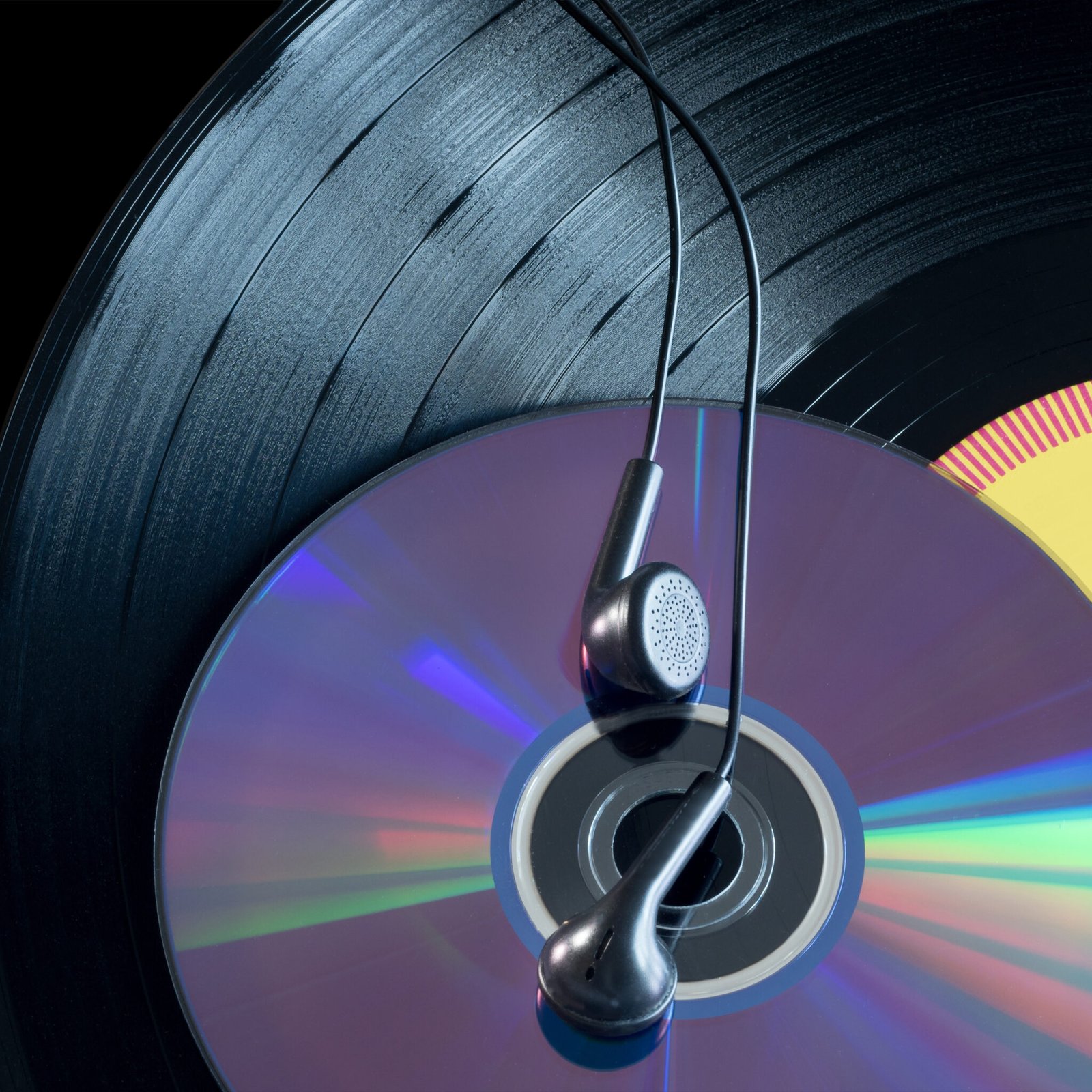
Exploring the Growth of Online Gaming
The world of digital entertainment is rapidly evolving, with players increasingly turning to trusted platforms for fun and rewards. For those interested in online gambling Australia, there are numerous opportunities to experience safe, engaging, and rewarding gameplay. Modern casinos offer a wide range of pokies, table games, and live experiences tailored to Australian players. It’s an exciting space that combines innovation with the thrill of classic casino fun.
5. Practice Basic Techniques
Mastering the basics is essential for transitioning smoothly from digital to vinyl DJing.
- Beatmatching: Practice syncing the tempo of two tracks manually, using the pitch control on your turntable. This skill is at the heart of vinyl DJing, as it allows you to create smooth transitions between songs.
- Cueing: Learn to cue up tracks without a visual waveform. This involves using your headphones to listen for the right point to begin playing the track, whether it’s at the intro or the drop.
- Scratching: If you’re interested in scratching, start with simple techniques and gradually build your skills. It’s an essential part of vinyl DJing, and mastering it will allow you to add flair to your performances.
6. Incorporate Vinyl into Your DJ Sets
As you gain confidence with your equipment and techniques, begin incorporating vinyl into your regular DJ sets.
- Use Both Digital and Vinyl: If you’re still used to digital DJing, you can begin by integrating vinyl with your digital setup. This hybrid approach allows you to experiment with vinyl while still relying on your digital library for some tracks.
- Experiment with Transitions: Vinyl may require more effort when transitioning between tracks, so experiment with techniques like cutting and phrasing to create smooth, creative blends.
- Play Live: Vinyl DJing is often performed live, which adds a different level of engagement compared to digital setups. Don’t be afraid to make mistakes—vinyl performances are often about the raw energy and imperfections that come with the medium.
7. Maintain and Care for Your Vinyl and Equipment
Proper care is essential to ensure that your records and equipment stay in good condition.
- Clean Your Records: Vinyl records are prone to collecting dust, which can affect sound quality. Invest in a cleaning kit or use a carbon fiber brush to remove debris.
- Store Your Records Properly: Store your vinyl records upright, like books on a shelf, to prevent warping. Keep them in protective sleeves to avoid scratches.
- Maintain Your Turntables: Regularly clean the turntables and lubricate any moving parts to ensure smooth operation. Pay attention to your cartridges and replace them when necessary.
8. Develop Your Unique Style
Vinyl DJing offers the chance to cultivate a distinctive style and connect more deeply with the music.
- Experiment with Genres: Vinyl allows you to explore a wide variety of music genres that may not be as accessible in digital form.
- Be Creative with Mixing: The limitations of vinyl DJing can inspire creativity. Experiment with different ways to manipulate records and create unique mixes that stand out from digital DJ sets.
Conclusion
The transition from digital to vinyl DJing is a journey that requires dedication, patience, and a genuine appreciation for the art. While it may seem like a step backward in terms of convenience, the depth of connection to the music and the authenticity of vinyl performances make it a rewarding experience. With the right equipment, knowledge, and mindset, you can successfully embrace vinyl DJing and add a timeless quality to your sets.





